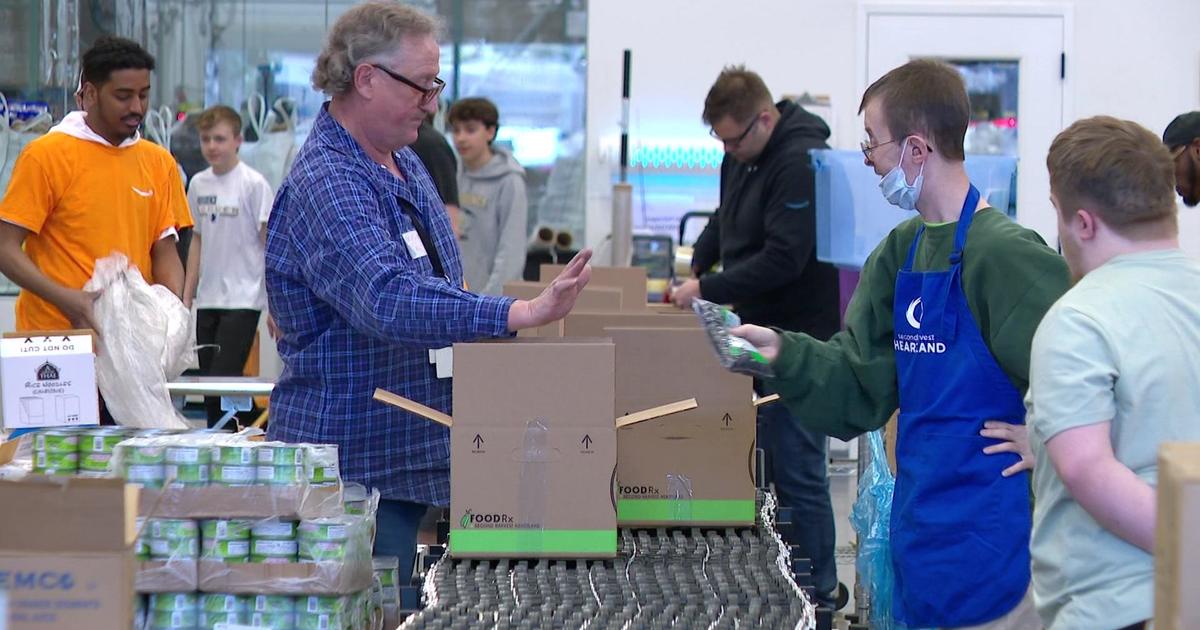Good Question: Can We Predict Violent Behavior?
MINNEAPOLIS (WCCO) -- When 17-year-old Michael Swanson was charged with murdering two convenience store clerks in Iowa, one of his classmates in St. Louis Park said "it was a surprise, but not a surprise." These shocking, unpredictable crimes often seem like someone should have seen them coming. So, is it possible to accurately predict violent behavior?
"I believe we are able to predict," said Dan Craft, a former profiler and agent with the Federal Bureau of Investigations. In Craft's 31 years with the FBI, he said he interviewed countless killers, including Jeffrey Dahmer twice. Today, he teaches criminology and Metropolitan State University.
"There's three very accurate predictors of future violence," said Craft. "It's bedwetting, cruelty to animals, and fire-setting."
According to Craft, bedwetting refers to kids at age 8 or 9 who don't have a physiological problem. Cruelty to animals "is more than just pulling the wings off a fly," but it's repeated, hard-core cruelty. And with fire-setting, he said that the bigger the structure set on fire, the more severe violence the person tends to get involved in.
However, there's a problem with the predictive nature of those attributes.
"Not everybody who does that is going to be a Jeff Dahmer or violent offender. Sometimes they can be a fighter pilot; risk-taking guys with good hats, white hats instead of the black hats," said Craft.
"There are a lot of 'false positives' when looking prospectively -- many kids look like they'll end up in trouble, but turn out OK," said Christopher Uggen, chair of the University of Minnesota's sociology department and a expert in deviance and criminal behavior. "Many killers were abused as kids, but that doesn't mean that most (or even a significant minority) of the abused kids grow up to be killers."
Craft explained that there are typically three factors interacting to explain why someone with the above red flags ends up acting on their violent impulses: biological genetics, psychological personality and social environment.
"The biology loads the gun, the psychology aims it, and the social aspect pulls the trigger," said Craft.
Uggen agreed.
"There's a lot of research now showing how combinations of different social resources and personal assets can be a protective factor against violence," he said.
In some cases, according to Craft, "you can have the predisposition for violence, but it depends on how you were raised."
There's research looking into how genetic predispositions are triggered by "terrible social conditions," said Uggen. And what happens when you have a personality that is inclined to have violent impulses and poor self-control combined with "lousy parenting."
Both experts agree that the earliest signs can be seen in the toddler years. Craft talked about the "transitional object" - the favorite teddy bear or blanket that becomes a stand-in for a baby's mother.
"At a young age, if you see him or her damaging that transitional object, it's a predictor of future violence," said Craft.
According to Uggen, "Just observe a 2-year-old for a few hours. It isn't so much violence as expedience: I want the toy and the quickest way to get it is to rip it out of my brother's hands."
Generally, people are socialized to find other ways of getting what they want or need. However, for some, that impulse-control never takes.
"There are some people who just don't have a conscience," said Craft.



